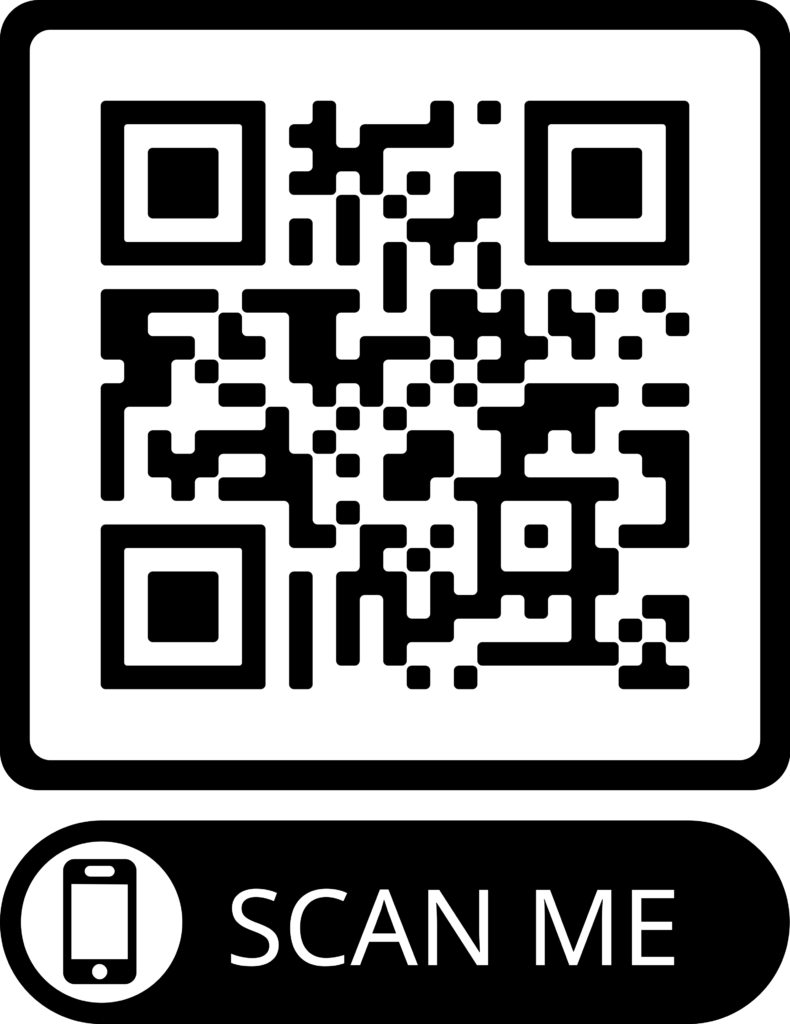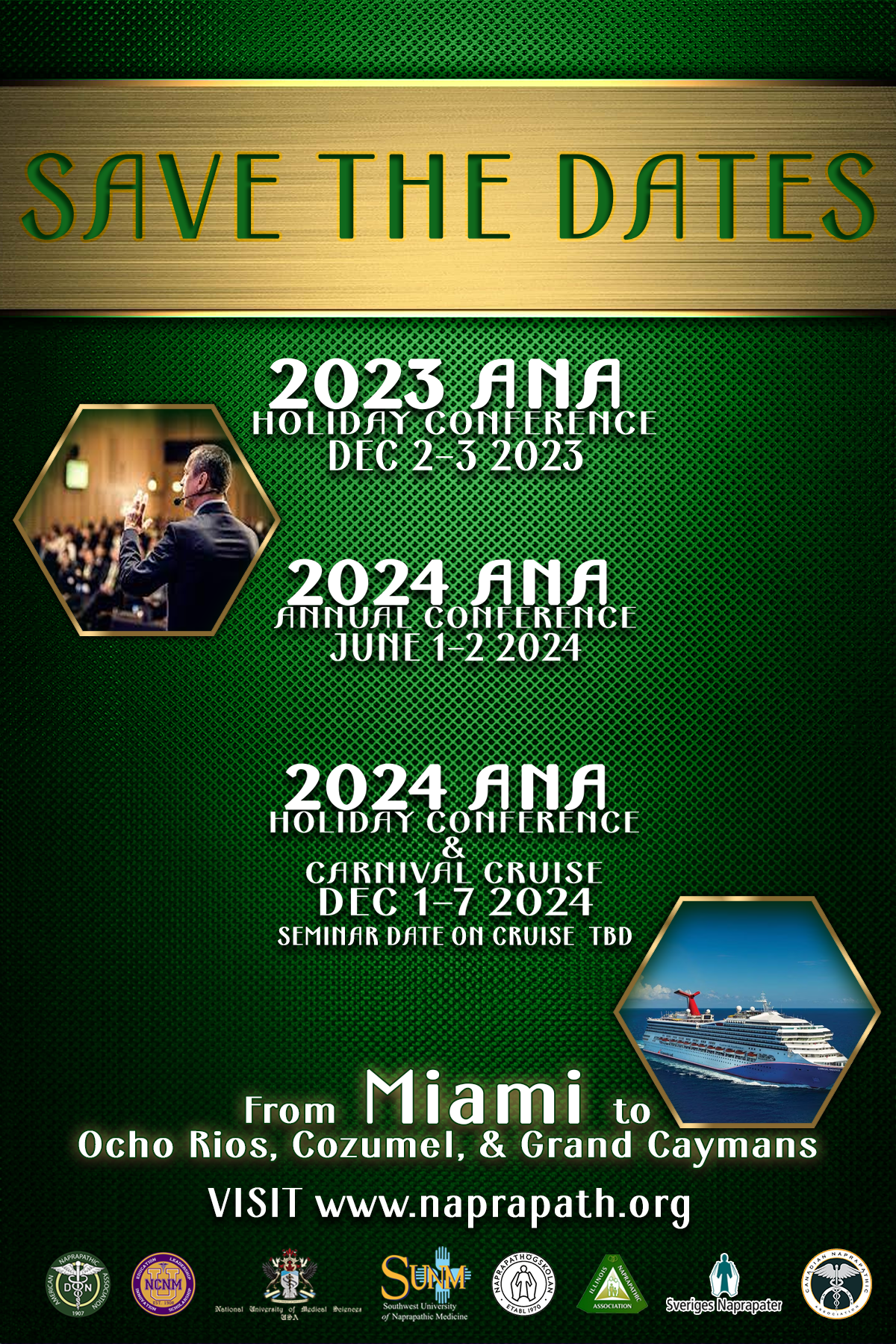Involves hands-on gentle connective tissues manipulation to the spine, joints and articulations of the body.
Recommendations for holistic dietary changes, food supplementation (as through the use of herbs, vitamins and minerals) to assist the body in achieving optimal health.
The use of the effective properties of physical measure of heat, cold, water, radiant energy, electricity, sound, air and assistive devices for the purpose of preventing or correcting a physical disability.
Some common Musculoskeletal and connective tissue disorders successfully treated through Naprapathic medicine.

